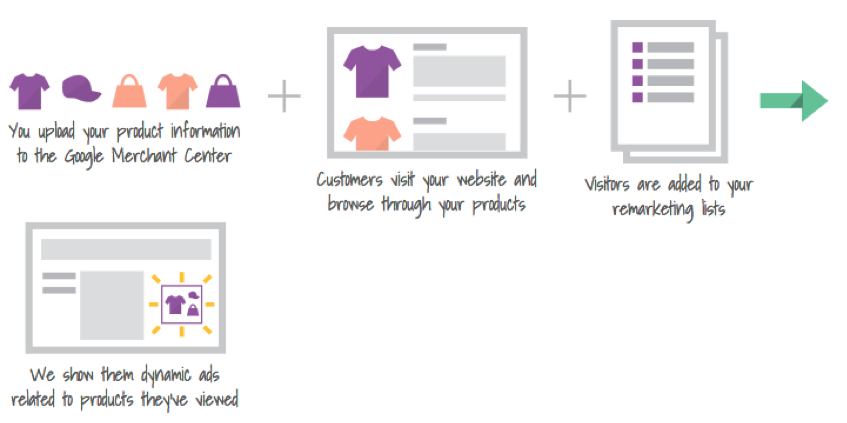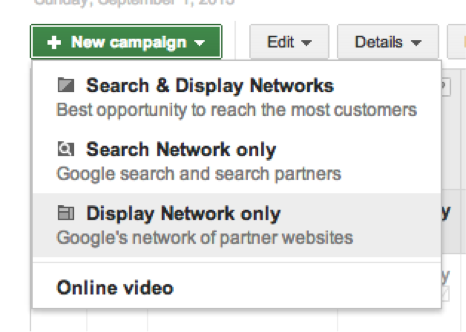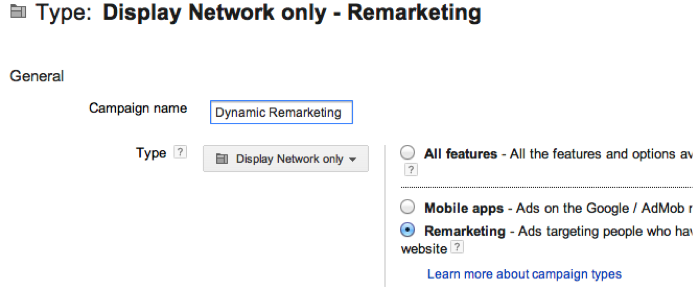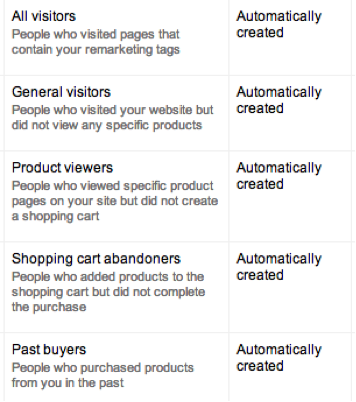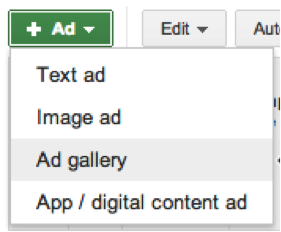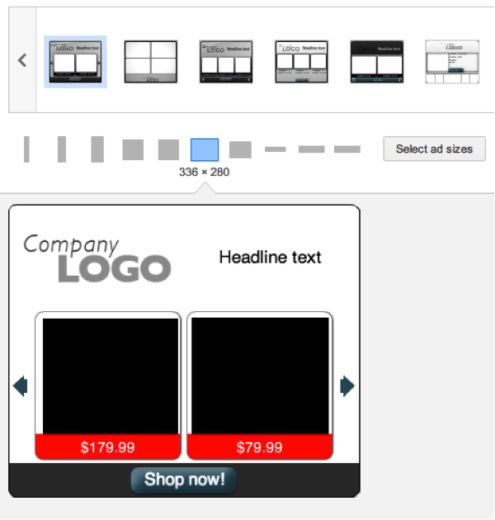In the final part of our September ‘dynamic’ series we’re going to look at dynamic remarketing and how it has fared for us so far. We’ve already looked at Dynamic Search Ads, Dynamic Keyword Insertion, Using AdWords Scripts, and Bing’s Dynamic Parameters.
—–
Back in August we took a dive into some of the most recent feature changes in Google AdWords. The one that most excited me was Dynamic Remarketing. Long available in beta; finally arrived in complete and non-Google rep dependent form. Since that post we’ve set up dynamic remarketing on a number of our e-commerce clients at Hanapin and thought it would be interesting to share our conclusions with all of you out there in the exciting world of the Internet.
First, for those of you new to Dynamic Remarketing let’s do a quick run down of the basics.
What do you need?
- A Google Merchant Center account and working feed (if you are already making use of PLAs you should have this already).
- A new remarketing code on your site that tracks dynamic variables from your products.
- New remarketing lists to divide up your visitors based upon their interaction with your site.
Here is Google’s explanation of how Dynamic Remarketing works:
Really, it’s not much different to traditional remarketing – the only difference is that instead of picking one of your remarketing lists and showing an ad based on the ad groups you create manually, Google will instead show the most relevant products from your Merchant Center feed based upon where users were on your site when they receive the dynamic remarketing cookie.
To get started, create a new “Display Network only” campaign and select the Remarketing option on the campaign creation page.
Make sure to link to your existing Merchant Center account in order to enable Dynamic Remarketing. You can also link to specific product extensions within your Merchant Center if you want to create separate campaigns for different divisions of your product range.
You’ll need to get a dynamic remarketing tag placed on your site if you don’t have one already. Google will create some remarketing lists for you (see below) to help with creating targeted ad groups in your new campaign, but you can also set up lists based upon your own needs.
From here there are a number of ways to go with structuring your ad groups, but this is our current favourite approach:
- Have an ad group for each remarketing list you plan on using. This means an ad group for ‘all visitors’, an ad group for ‘product page visitors’ and an ad group for ‘cart abandoners’ (or whatever lists you plan to use).
- Double up each of these ad groups – one for dynamic image ads and one for dynamic text ads. You’ll want to do this as performance from the two is very different and it doesn’t make sense to use the same bid on both.
Creating Ads:
Once you have your ad groups all set up, go ahead and start creating some ads. Luckily Google have made this pretty easy to do. Simply select the “Ad gallery” option from the new ads dropdown:
From the ad gallery navigate your way through to dynamic ads. There are currently 18 different layouts provided by Google, for which you can customize colours, headlines, company logos and button call-to-action. Make sure to use a good quality logo and to set colours to match your landing page. I like to use this picker tool to grab the right ones from my site.
What Have We Learned So far?
- Albeit from a limited sample size of just handful of accounts, we’ve seen that our dynamic remarketing campaigns have been able to generate sales at just 22% of the CPA of our regular campaigns!
- “Product Viewers” seems to be our most successful remarketing group, although it’s very similar to our “All Visitors” list for performance. The “Cart Abandoners” group hasn’t generated enough data to conclude much from other than that it won’t be a huge driver of conversions.
- You will get your best results from testing multiple ad layouts. Google’s dynamic ad builder gives you a number of layout options and we’ve seen different layouts work well for different product types. Make sure you set up at least 2-3 different styles from the start.
- Make changes just like you would with regular display ads – if certain sizes aren’t working, don’t be shy about pausing them or creating new styles to try.
- Dynamic Text ads get more traffic than their image equivalents, but lower CTRs too.
Dynamic Remarketing is still relatively new in its non-beta stage so we’d love to hear more from all of you out there on the Internet about what you’re seeing so far and what strategies are paying off for you. Any fun remarketing lists that are working since the new dynamic tags were implemented? As always let us know in the comments below!



